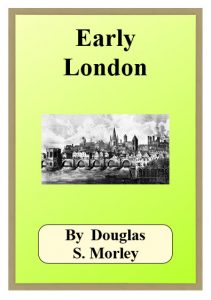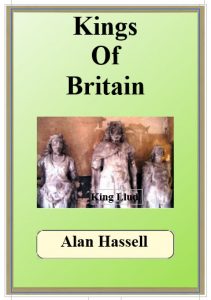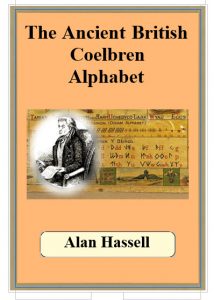Foreword
AS this philosophical study envisages an entirely new outlook on the past history of the world in which the British Isles emerge as the predominant influence, I owe it to the reader to afford some explanation of how I came to venture so ambitious an effort.
Over thirty years ago I must confess that I stumbled rather than deliberately walked into a recognition that the history of remote days as passed down was based on false premises in regard to the most famous ancient peoples, both in regard to geography and chronology. I was brought to the conviction that the Atlantic and not the Mediterranean was the focus of world civilization, and as I pursued my researches I found to my own astonishment that this path led me ultimately to the direction of the British Isles, and that they, with the Scandinavian Peninsula—originally itself an island—emerged from obscurity as the true motherland of the Aryan or Nordic race, the biblical Adamites, and dominated the ancient world long before the Flood of Noah.
My investigations had started with the puzzle of the drowning of the supposedly lost island of Atlantis, but as the search continued with an open mind gradually the quest narrowed to one infinitely nearer home, and eventually assumed the proportions which Plato ascribed to it as an island-continent from whence the “continent opposite”—namely America—was approached by the way of islands. “Atlantis”, in a word, stood revealed as the British Islands, then of considerably greater size apart from Scandinavia, with her attendant isles, enjoying a delicious temperate clime, from whence was evolved the first of mankind, signifying the white blond race, the Aryan peoples, from whom the Greeks and other Celts—who migrated in part to the Mediterranean later –first arose. Atlantis was drawn in one way or another into the vortex of the earliest Graeco-Phoenician myths of Oceanus, of the “earth-shaker” Poseidon, the Gorgon, the Cyclops and others, all for definite reasons pointing to the North Atlantic Ocean. This, if correct, rules out the Canaries or Azores (as some have identified With Atlantis), or the regions of Morocco where the so-called Atlas Mountains are. a misnomer altogether, but advances the British Isles and the Scandinavian mass, formerly at one with Northern Britain or separated only by a wide river and strait. In short, for a variety of reasons I was impelled to identify Atlantis with the British Isles.
It transpired that the prehistory of the Atlanteans and the race of Adam possessed peculiar similarities. The supermen of Plato’s island were drowned in a flood like the Adamites, the Giants of old time, men of renown, the men whose thoughts became wholly evil, destroyed in what is called the Flood or universal Deluge. The cause advanced for their destruction was in effect the same in both cases, they being accused of having mastered too many of the divine secrets of, as we should say, science, or as the ancients termed it, the gods.
Their attainments, identifiable at least in part from various sources, gradually revealed a remarkable civilization, one in which flourished many and great walled cities, towns and villages, these often adorned with majestic temples and palaces ; with main highways supported by multitudinous navigable canals and rivers ; with a highly developed agriculture producing the fruits of the earth, while other tracts were used to rear horses, cattle, and sheep ; with many ports and a mercantile marine which sailed the main to the most distant lands and brought home cargoes of wealth.
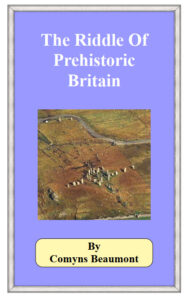
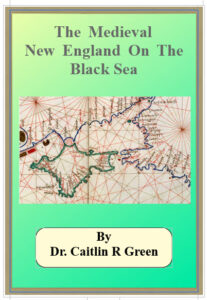
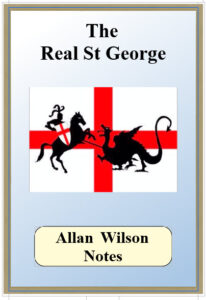
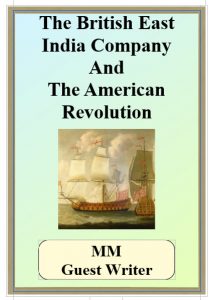

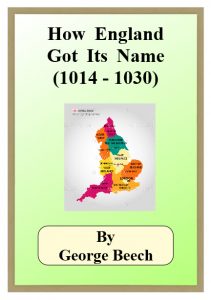
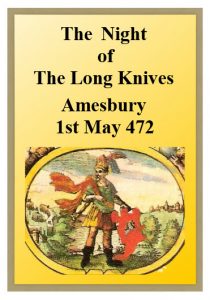 ON THE 1ST MAY 472 THE SAXON HENGIST MASSACRED ALL BUT ONE of Britain’s Celtic chiefs in an ambush that became known as the ‘Night of the Long Knives’. Possibly.
ON THE 1ST MAY 472 THE SAXON HENGIST MASSACRED ALL BUT ONE of Britain’s Celtic chiefs in an ambush that became known as the ‘Night of the Long Knives’. Possibly.